Grass isn’t sacred. Let’s just say it—some of these no-grass yard trends are straight-up letdowns. They promise low maintenance and high style, but deliver weeds, weirdness, and regret. You rip out your lawn expecting magic… and end up with a gravel patch that cooks your feet and blinds your neighbors. But not all grass-free ideas flop. Some look stunning, stay practical, and turn your yard into the kind of place people slow down to admire. We found 6 trends that should come with warning labels—and 10 that actually deliver on their promises. Think charm without the mower. Beauty without the mud. If your lawn is a lost cause or you’re just tired of babysitting blades of grass, this guide is your shortcut to a better backyard. Let’s separate the duds from the showstoppers.
Artificial Turf
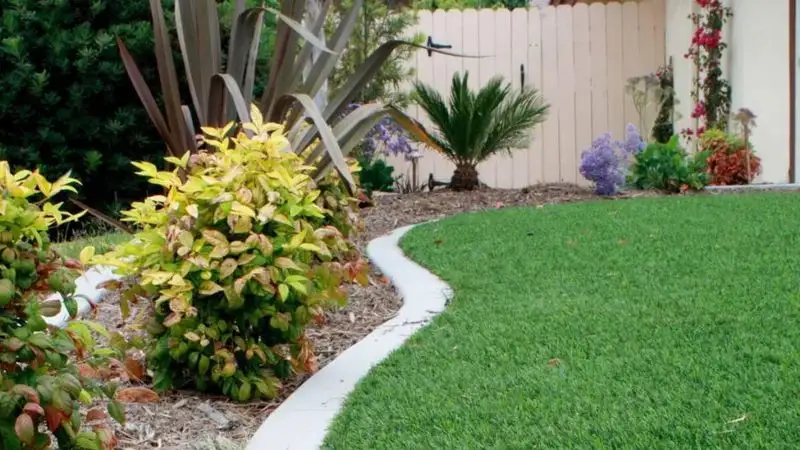
Artificial turf, at first glance, may seem like the perfect low-maintenance solution to a verdant lawn. However, the reality often disappoints. The vibrant green can fade quickly under harsh sunlight, losing its initial appeal. Moreover, it can retain heat, making it uncomfortable to walk on during hot days.
Although it eliminates the need for mowing, it doesn’t support local wildlife. Artificial turf also can lead to drainage issues. Many homeowners find it lacks the natural feel of grass, leading to buyer’s regret. A common compromise is to mix it with natural elements for better aesthetics.
Gravel Gardens
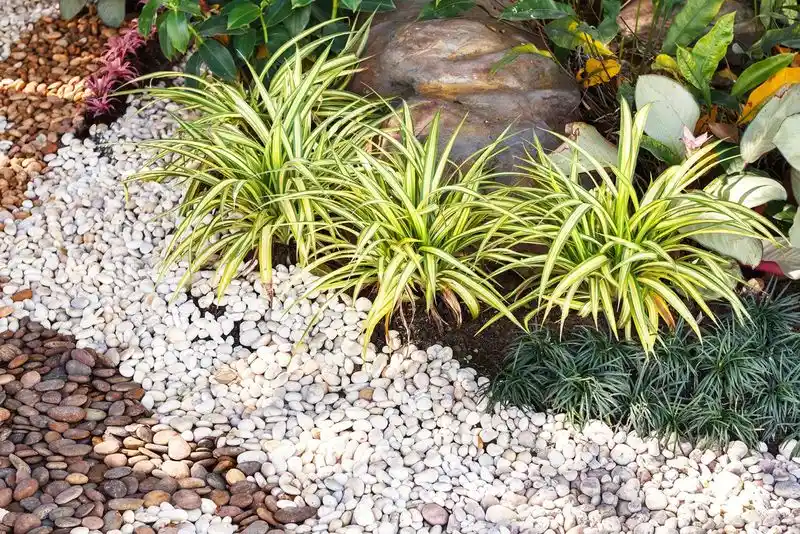
Gravel gardens might offer a sleek and minimalist look, yet they often lack vibrancy. The monochrome palette can feel stark and lifeless, especially if not complemented with diverse plantings. Over time, weeds may sprout through the gravel, undermining its tidy appearance.
Without careful planning, these gardens may not complement the surrounding landscape, feeling out of place. Moreover, gravel can scatter, creating a mess. Despite its low maintenance reputation, it requires occasional raking and weeding. For those seeking a lively and engaging garden, gravel may not be the ideal choice.
Mulched Yards

While mulched yards offer a sustainable alternative by conserving moisture and reducing weeds, they often lack appeal. The uniform brown landscape can seem dull without adequate plant diversity.
Mulch also needs regular replenishment to maintain its appearance, leading to higher long-term costs. As it breaks down, it can attract pests like termites. Without proper planning, a mulched yard can quickly become a monotonous expanse. Incorporating a variety of plants and textures can help overcome these shortcomings, adding interest and life to the space.
Concrete Patios
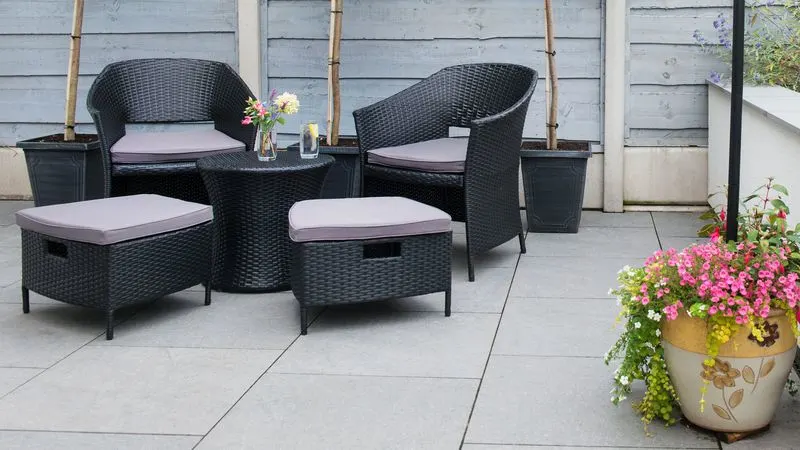
Concrete patios are celebrated for their durability, yet their industrial look can be a letdown in residential settings. Over time, they may develop cracks and stains, marring the sleek surface.
Without greenery or warm accents, concrete patios can feel stark and uninviting. Maintenance to keep them looking fresh can become burdensome. Some homeowners find the cold aesthetic clashes with the natural surroundings. To enhance their appeal, incorporating elements like potted plants, outdoor rugs, or natural stones can soften the harshness and add warmth.
Synthetic Lawns
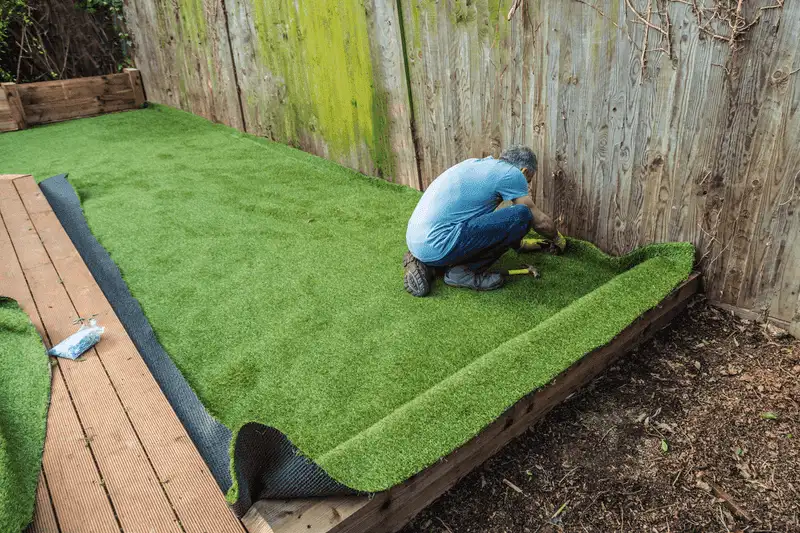
Synthetic lawns promise a pristine, year-round green yard, but they can fall short in authenticity. The seams between sections often become visible, compromising the natural look.
These lawns can feel like a carpet rather than grass, lacking the sensory experience of a natural lawn. Additionally, synthetic materials can become hot and uncomfortable. While synthetic lawns reduce water use and mowing, they don’t support ecosystem health. For a more authentic feel, blending synthetic sections with natural landscaping can create a more pleasing environment.
Astroturf Play Areas
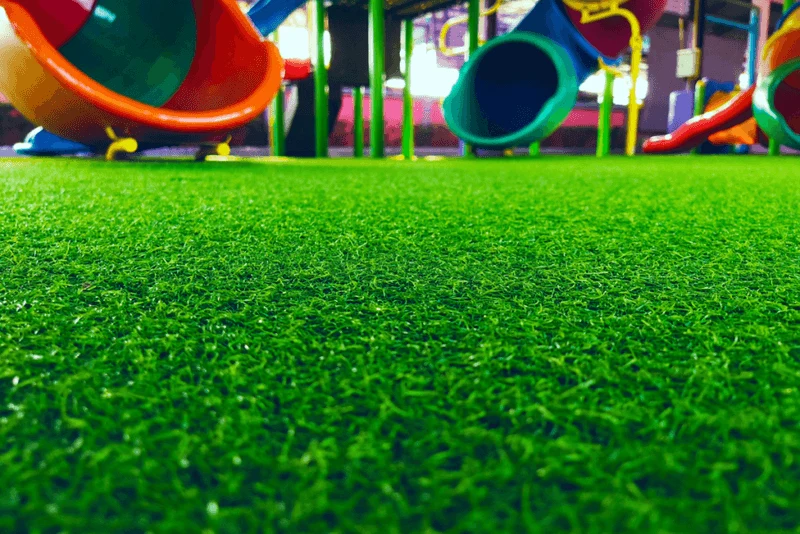
Astroturf play areas offer a resilient surface for children, but the experience can be underwhelming. The artificial texture is a far cry from the sensory richness of natural grass. Over time, the surface can wear down, becoming less appealing and potentially unsafe.
Unlike grass, Astroturf does not cool naturally, posing discomfort during warm weather. It also lacks the biodiversity that real grass supports. While practical, it misses the mark on aesthetic charm and ecological benefits. Integrating Astroturf with natural elements can improve both appearance and functionality.
Native Plant Gardens
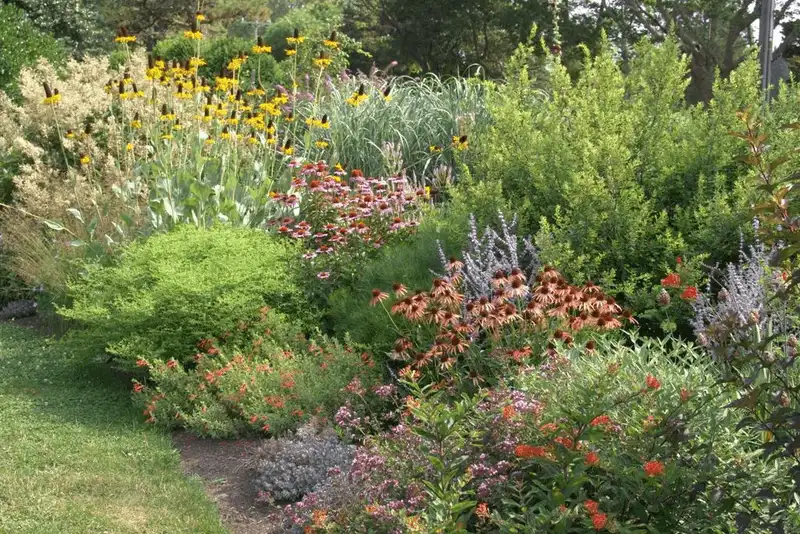
Native plant gardens are a true delight for any yard. By using species adapted to the local climate, these gardens require less water and maintenance, making them environmentally friendly.
The diversity of plants offers a rich tapestry of colors and textures that change with the seasons. Moreover, they support local wildlife, providing habitats and food sources for birds and insects. This approach fosters a harmonious balance with nature, creating a lively and sustainable space.
To maximize their impact, choose a mix of flowering plants, shrubs, and grasses.
Permeable Pavers
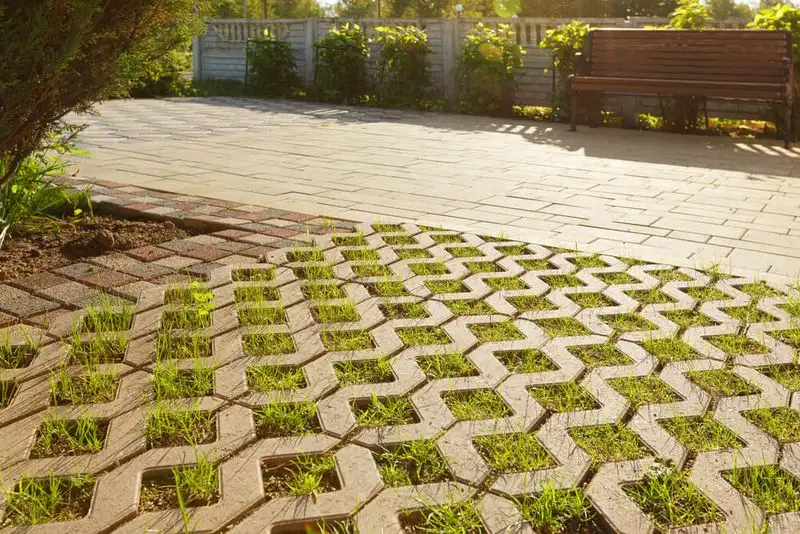
Permeable pavers are an excellent choice for sustainable landscaping. By allowing water to pass through, they reduce runoff and improve drainage.
These pavers offer versatility in design, blending seamlessly with the natural environment. They can be used for driveways, paths, and patios, combining functionality with aesthetic appeal. The spaces between pavers can be filled with gravel or groundcover plants, adding visual interest and enhancing biodiversity.
As a practical and eco-friendly option, permeable pavers contribute to a healthier and more attractive outdoor space.
Vertical Gardens

Vertical gardens bring lush greenery to limited spaces, transforming walls into vibrant living tapestries. They are perfect for urban environments where space is at a premium.
These gardens can include a wide variety of plants, such as herbs, flowers, and even small vegetables, adding both beauty and utility. Vertical gardens not only enhance aesthetics but also improve air quality and provide insulation.
This innovative use of vertical space creates a dynamic, eye-catching feature that enlivens any area. By selecting plants suited to the environment, vertical gardens become a sustainable choice.
Rain Gardens
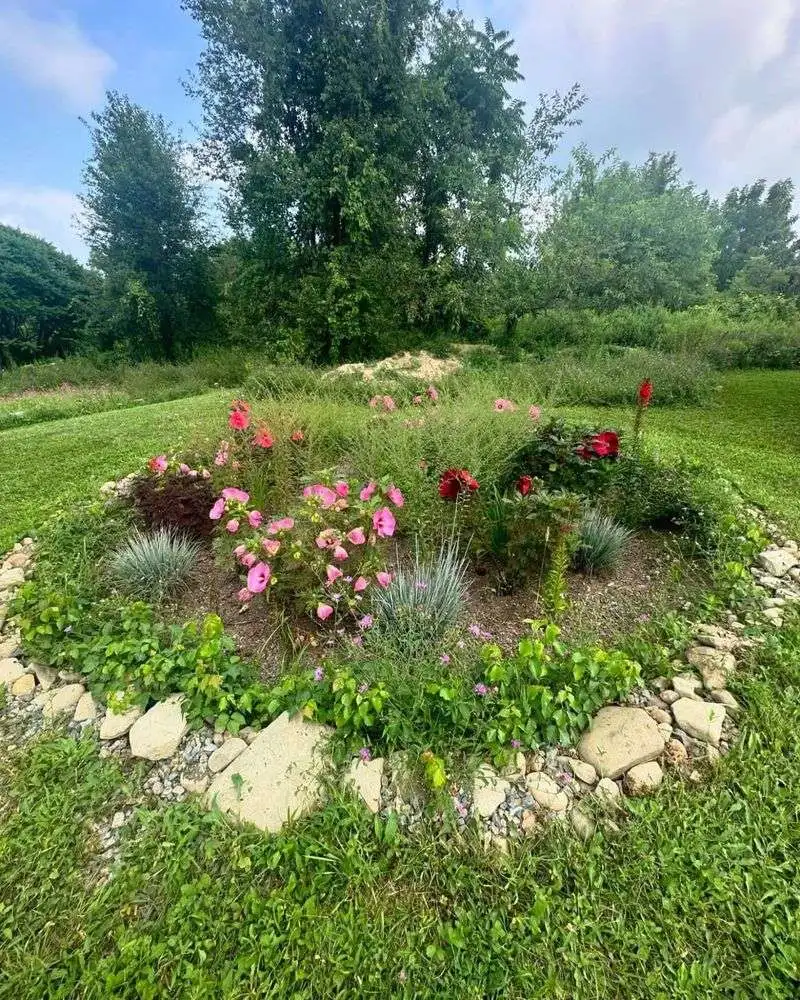
Rain gardens are a practical and beautiful solution for managing stormwater. They are designed to capture and filter rainwater, reducing runoff and improving water quality.
These gardens can be filled with native plants that thrive in wet conditions, providing a habitat for wildlife. Beyond their ecological benefits, rain gardens add visual richness with their dynamic plantings and seasonal changes.
Creating a rain garden can transform a regular yard into a functional and attractive landscape feature. Consider incorporating rocks and pebbles for additional texture and interest.
Edible Landscapes
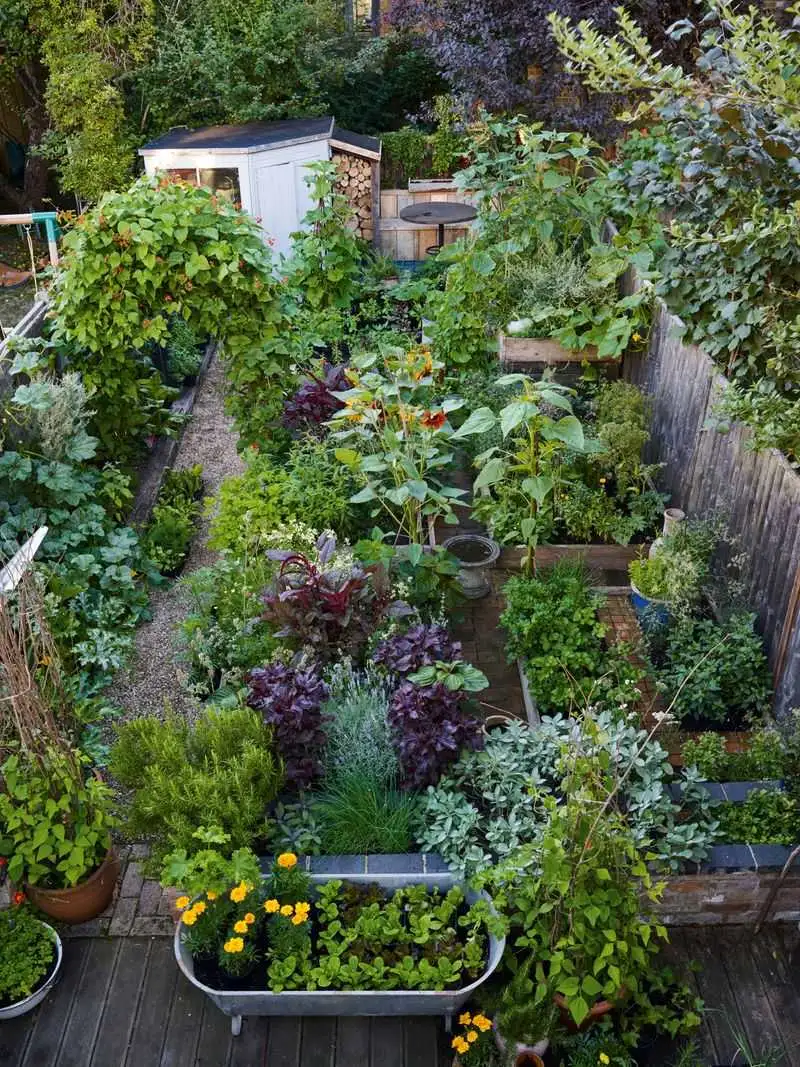
Edible landscapes combine aesthetics with functionality, providing fresh produce right from the garden. By integrating fruit trees, vegetables, and herbs, these landscapes offer a feast for the eyes and palate.
Edible plants can be as beautiful as ornamental ones, offering blossoms in spring and rich foliage. They support biodiversity and encourage sustainable practices by reducing the need for store-bought produce.
This approach fosters a connection to nature and the food we consume, transforming yards into productive and engaging spaces. Carefully select plants that suit the local climate for best results.
Pollinator Gardens
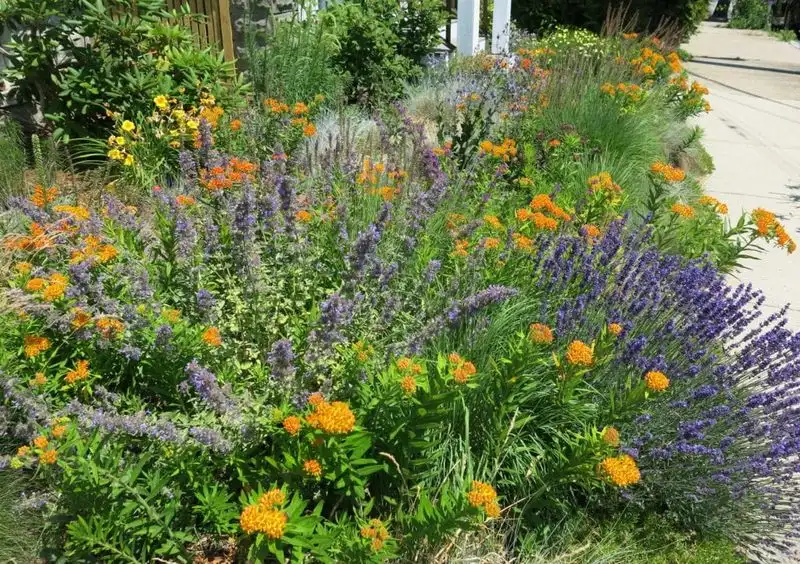
Pollinator gardens are a haven for bees, butterflies, and other beneficial insects. By planting a diversity of flowering plants, these gardens support essential pollinators.
The vibrant colors and varied textures of the plants create a visually appealing landscape throughout the growing season. Pollinator gardens not only enhance biodiversity but also contribute to the health of nearby gardens by boosting pollination.
This type of garden fosters a thriving ecosystem, connecting homeowners with the natural world. Selecting native flowering species ensures the best support for local pollinator populations.
Natural Stone Pathways
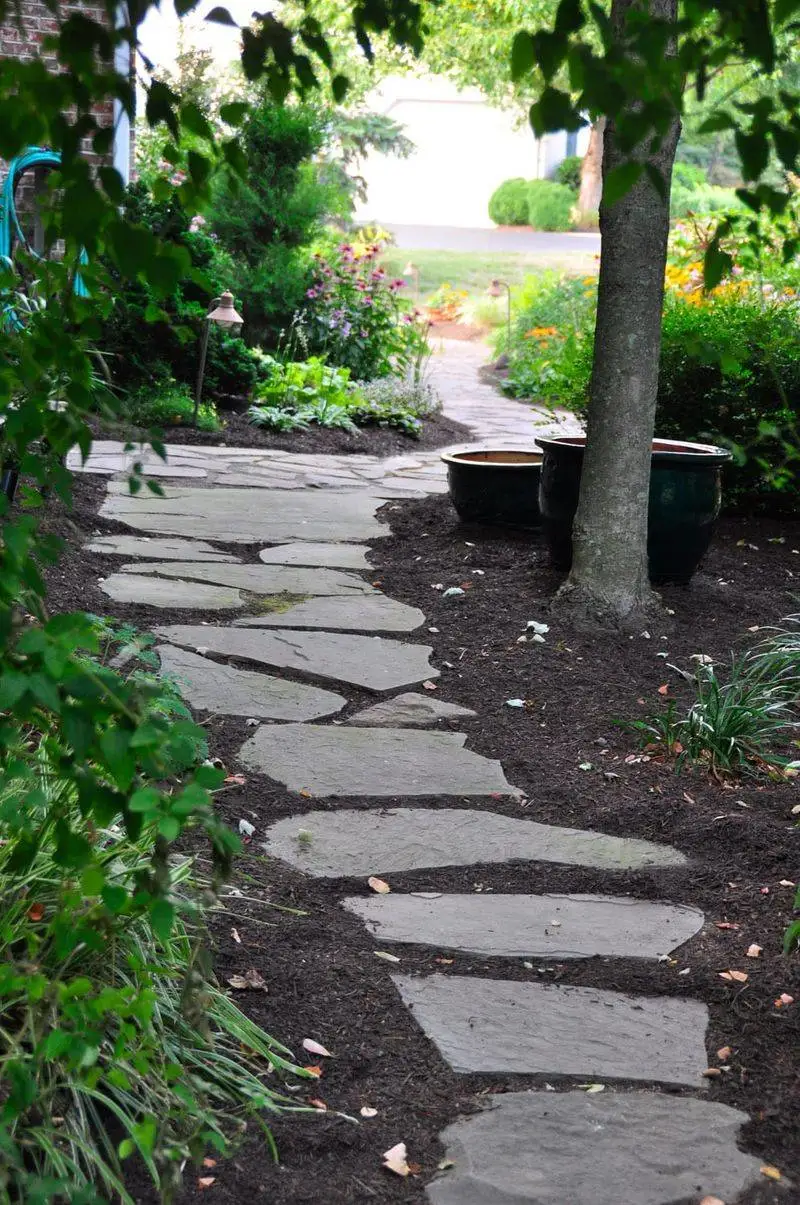
Natural stone pathways add elegance and charm to any garden. Their organic shapes and textures harmonize with the surrounding environment, creating a seamless transition between different areas.
Stone pathways are durable and require minimal maintenance. They can guide visitors through the garden, enhancing the overall landscape design. By choosing stones that complement the local geology, homeowners can create pathways that feel integral to their setting.
These pathways not only add functionality but also a timeless beauty, inviting exploration and enjoyment of the garden space.
Wildflower Meadows
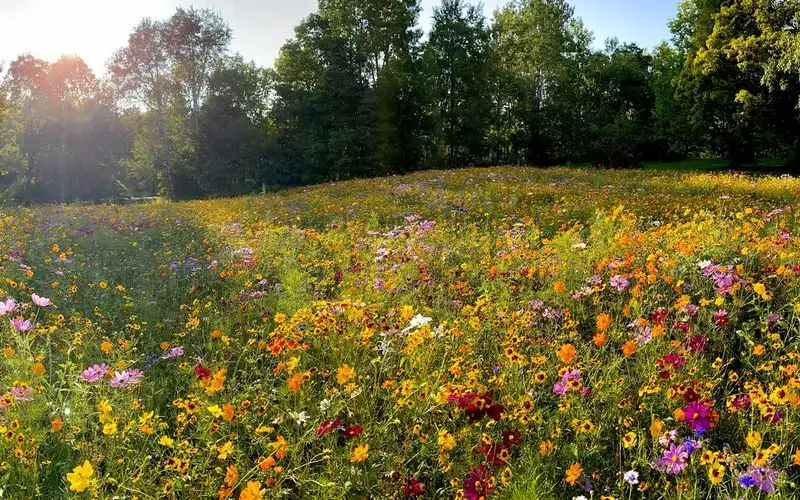
Wildflower meadows offer a burst of color and life, transforming ordinary yards into extraordinary landscapes. These meadows require less maintenance than traditional lawns and promote biodiversity.
The flowers attract pollinators and provide habitats for many creatures, enhancing the ecological value of the area. Each season brings new blooms and textures, ensuring the landscape remains dynamic and interesting.
Creating a wildflower meadow can connect homeowners with nature, offering a naturalistic setting that changes over time. It’s an eco-friendly option that supports local flora and fauna.
Living Walls
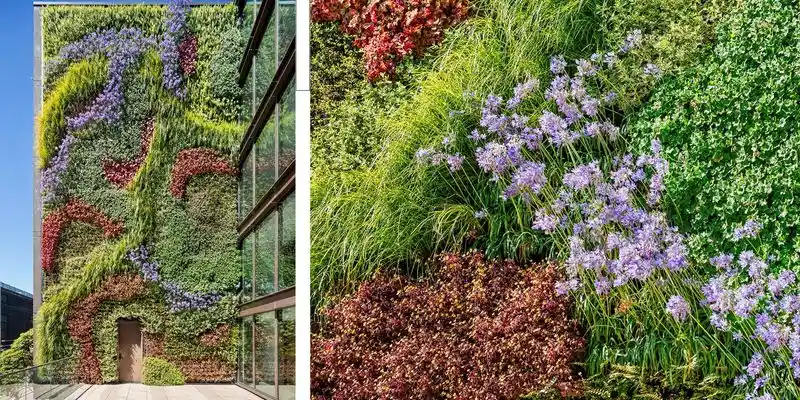
Living walls, or green walls, are a striking way to introduce greenery into vertical spaces. They offer a lush backdrop that can transform any area into a vibrant oasis.
These walls can host a variety of plants, from ferns to flowers, contributing to better air quality and insulation. Living walls provide a unique design element, softening architectural lines and adding texture.
For those seeking an innovative and sustainable landscape feature, living walls offer endless possibilities. Selecting the right plants for the location ensures a thriving and visually pleasing display.
Water Features

Water features bring tranquility and movement to a yard. Whether a small fountain or a large pond, these features create a focal point and invite relaxation.
The sound of water adds a soothing atmosphere, masking urban noises. Water features can attract wildlife, such as birds and frogs, enhancing the garden’s ecological value.
Designed thoughtfully, they can blend seamlessly with the landscape, offering both aesthetic and practical benefits. Choosing the scale and style that complements the setting ensures a harmonious integration into the garden’s design.

